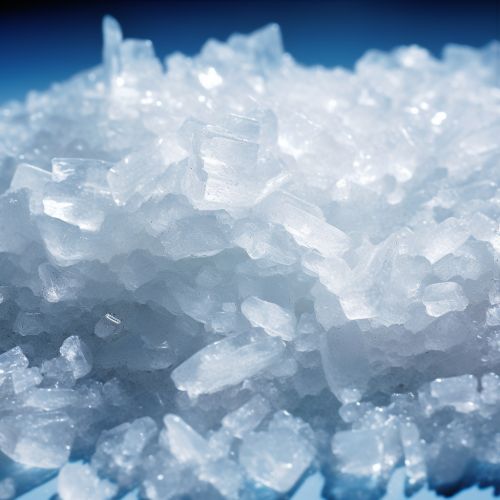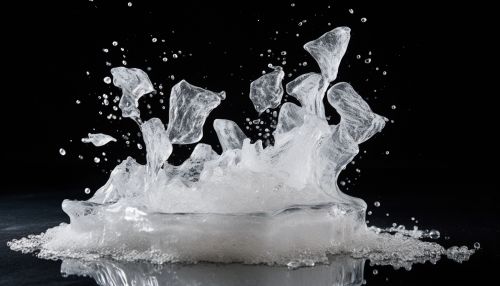Potassium dihydrogen phosphate
Introduction
Potassium dihydrogen phosphate (KH2PO4), also known as monopotassium phosphate (MKP), is a soluble salt of potassium and the dihydrogen phosphate ion which is used as a fertilizer, a food additive and a fungicide. It is a source of phosphorus and potassium. It is also a buffering agent. When used in fertilizer mixtures with urea and ammonium phosphates, it minimizes escape of ammonia by keeping the pH at a relatively low level.
Chemical Properties
Potassium dihydrogen phosphate is a white crystalline powder or colorless crystals. It is soluble in water and insoluble in ethanol. It has a molecular weight of 136.09 g/mol and a melting point of 253 °C (decomposes). The compound is slightly hygroscopic and its water solutions are acidic. It is stable under ordinary conditions of use and storage.
Synthesis
Potassium dihydrogen phosphate can be synthesized by the reaction of phosphoric acid with potassium carbonate. The reaction is as follows:
H3PO4 + K2CO3 → KH2PO4 + K2O + CO2
The product is then purified by recrystallization.


Uses
Fertilizer
Potassium dihydrogen phosphate is commonly used as a source of potassium and phosphorus for plants. It is one of the components of Gatorade's "Pro" series of drinks, designed to provide these key nutrients for athletes during workouts and games.
Food Additive
As a food additive, potassium dihydrogen phosphate is used as a stabilizer, sequestrant, and thickener. It is also used in non-dairy creamers to prevent coagulation.
Buffer Solution
Potassium dihydrogen phosphate is used to make buffer solutions. It is used in molecular biology, biochemistry, and chromatography.
Health and Safety
Potassium dihydrogen phosphate is generally safe to handle, but can cause irritation to the skin and eyes. It is recommended to use personal protective equipment when handling the compound. Ingestion can cause gastrointestinal irritation, nausea, vomiting, and diarrhea.
Environmental Impact
Potassium dihydrogen phosphate is not considered hazardous to the environment. However, excessive use in agriculture can lead to an overabundance of nutrients in water bodies, causing eutrophication.
See Also
References
1. Merck Index, 11th Edition, 7630. 2. Lide, D.R. (Ed.) (1990) Handbook of Chemistry and Physics, 71st Edition, CRC Press, Boca Raton, Florida, USA. 3. Windholz, M. (Ed.) (1983) The Merck Index, 10th Edition, Rahway, New Jersey, USA.
